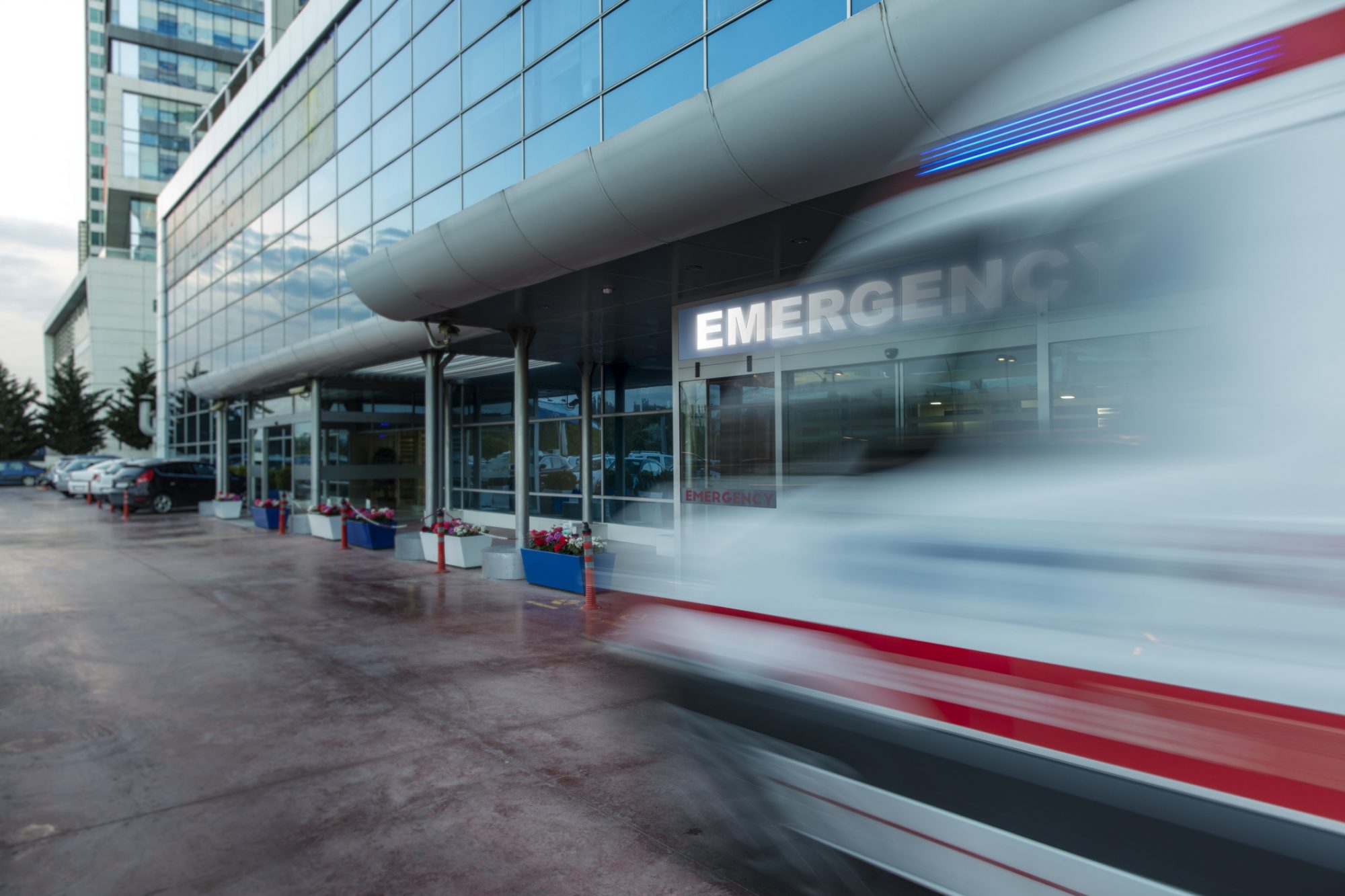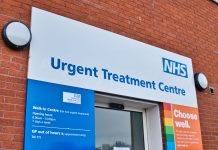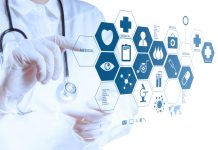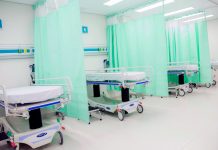A&E departments across the UK are stretched, resulting in poor patient experiences and worse outcomes – but health technology could help streamline patient data
In its 75th year, we all have reasons to be grateful for the NHS. It’s no exaggeration to say that our model of care is the envy of the world. The care you need, for free, rich or poor, is the most humane system in the world. But this means it’s also one of the most challenged systems in the world and, right now, it’s straining under a huge amount of pressure.
A&E departments across the UK are stretched, which can result in a poor experience and worse outcomes for patients. Long waits to be seen by a medic are the most obvious symptom of this stress.
The answer isn’t just more money and staff, although both will help! We also need to be thinking about new ways of getting people the care they need as quickly and efficiently as possible.
By “efficiently”, we’re not just talking about cutting costs. We’re talking about removing unnecessary manual activities that don’t help patients get the care they need, activities which can hold things up. No unnecessary steps equals quicker care delivered more cheaply.
Sending patients to the right department without hassle
A great example of this is what the NHS calls “GIRFT”: Getting It Right First Time. This means making sure only those patients who need to come into hospital do so and that they’re directed to the right place first time round. So rather than being assessed in A&E departments, we can try and send the patient to the right department without that step.
Technology is playing a key role in this “streamlining” in the NHS. Consultant Connect works by connecting medics with hospital consultants for immediate specialist advice. For example, if a paramedic is called out and needs advice about the next step for their patient, they can use Consultant Connect to speak to Same Day Emergency Care (SDEC) specialists.
These specialists can advise whether the patient needs to be brought to hospital and, importantly, where to take them: no unnecessary steps.
Health technology ensures the paramedic’s call is answered quickly, on average in 18 seconds. It’s a simple service but it is making a massive difference.
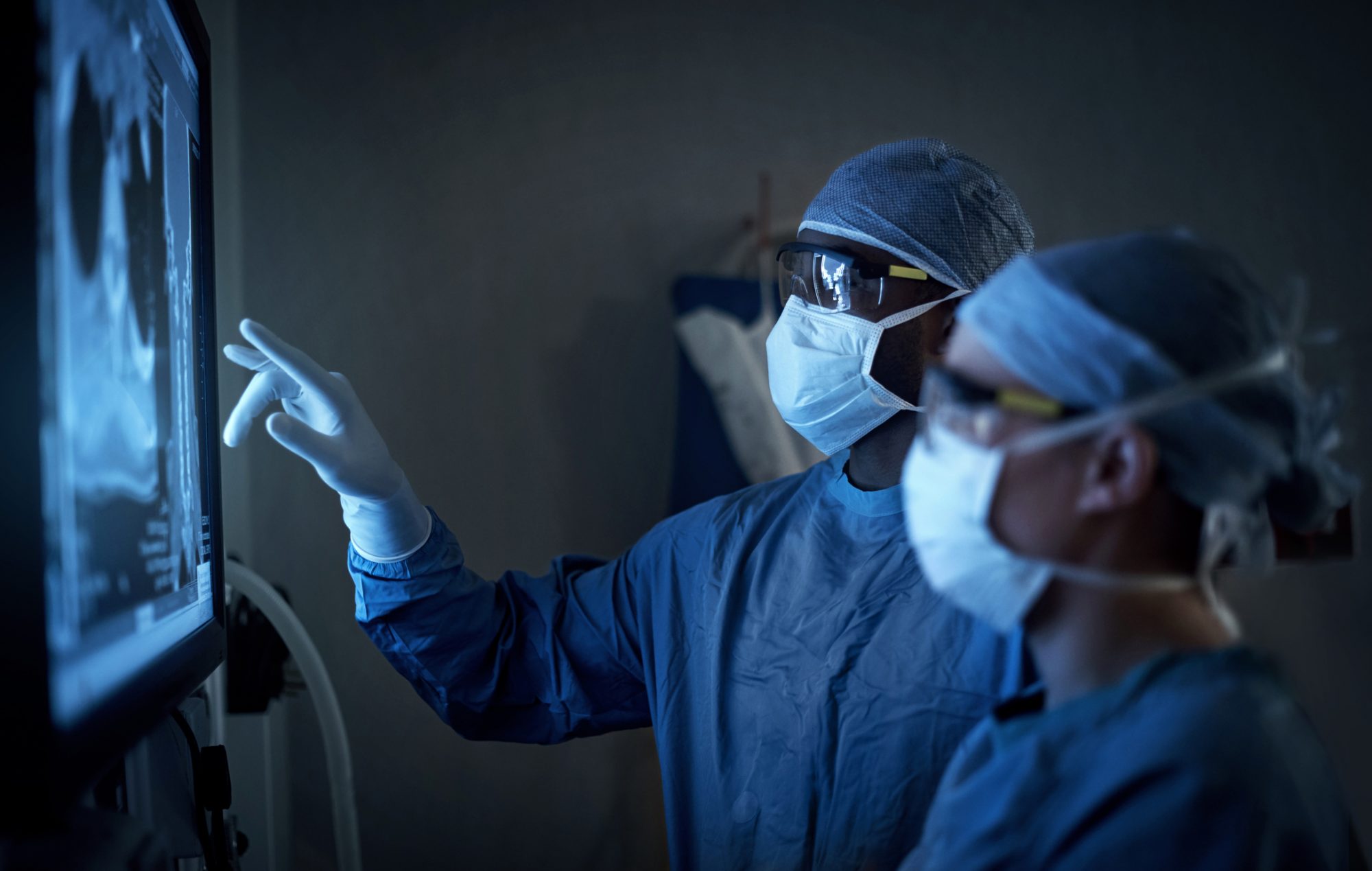
One in three patients avoid unnecessary trips to hospital with health technology
The data is compelling. Paramedics using Consultant Connect help one in three patients avoid unnecessary trips to hospital. For patients that need hospital care, paramedics use the health technology to contact the pre-alert team, allowing the hospital to prepare before the patient even arrives.
This means patients can bypass the queue and go straight to the appropriate ward with no unnecessary assessment steps. And of course there is a knock-on impact as well. We’ve seen the difficulties caused by ambulance queues in hospitals.
Last June our Same Day Emergency Care lines had three times as many calls as in the same month in 2021 as ambulances tried to avoid unnecessary patient conveyances to A&E departments.
By reducing the number of ambulance trips, and helping those that were necessary to avoid A&E departments, Consultant Connect played a part in making sure ambulances weren’t tied up in queues and could respond to 999 calls. It didn’t solve the problem, but it helped.
Rapid assessments, diagnosis and treatment without delay
Our project in NHS South East London ICB is a shining example of this working in practice. What started as a small, four specialty project in Greenwich feeding into Lewisham Hospital grew into a project where paramedics have access to advice and guidance from over 50 NHS specialties.
The specialists can make rapid assessments, diagnosis and treatment for patients and avoid unnecessary delays. The technology allows healthcare workers to deliver the right care in the right place, first time.
This piece was written and provided by Jonathan Patrick, CEO Consultant Connect
Editor's Recommended Articles
-
Must Read >> Transforming healthcare through digitalisation
-
Must Read >> £9 million funding for digital health technology


